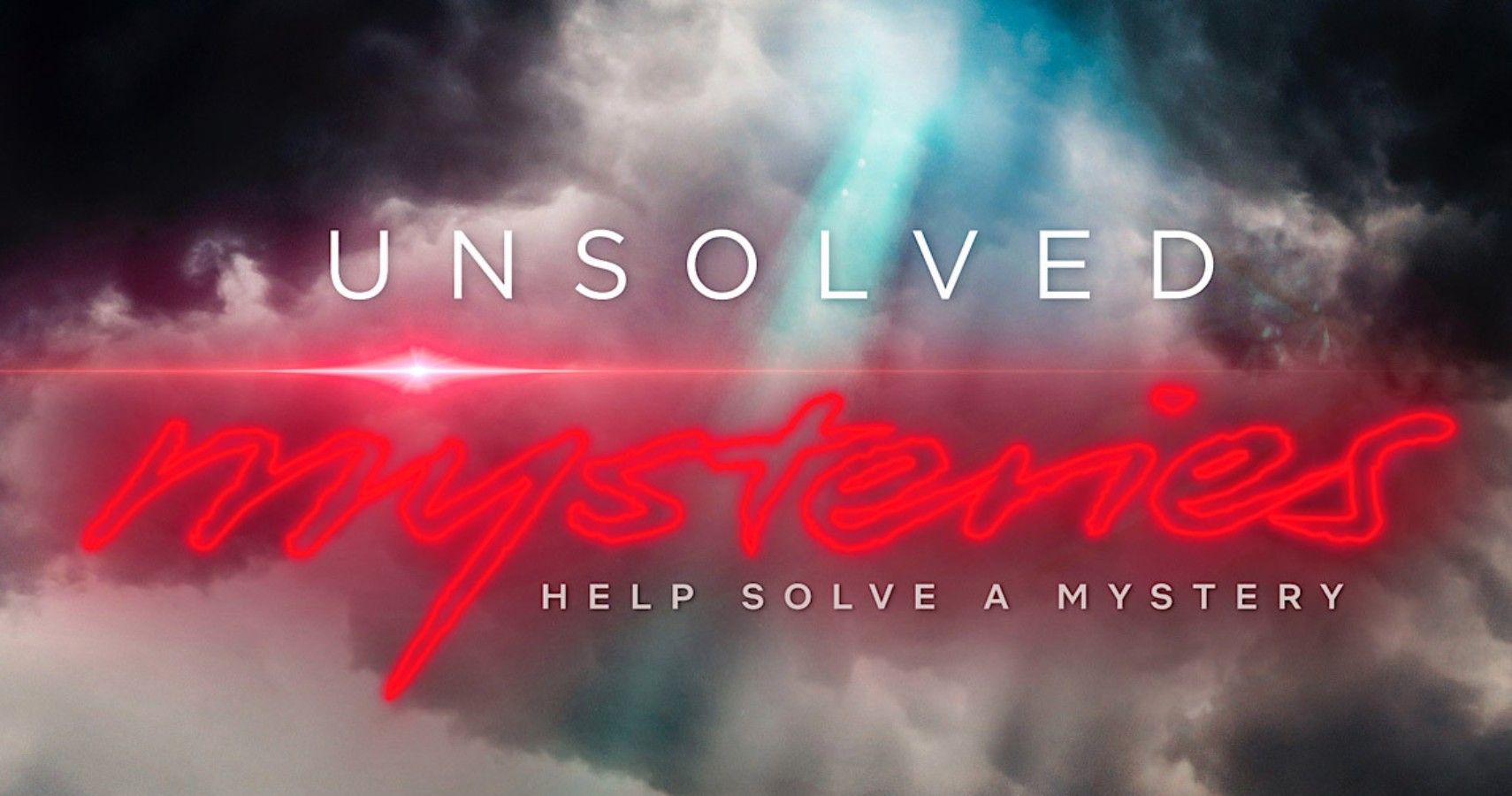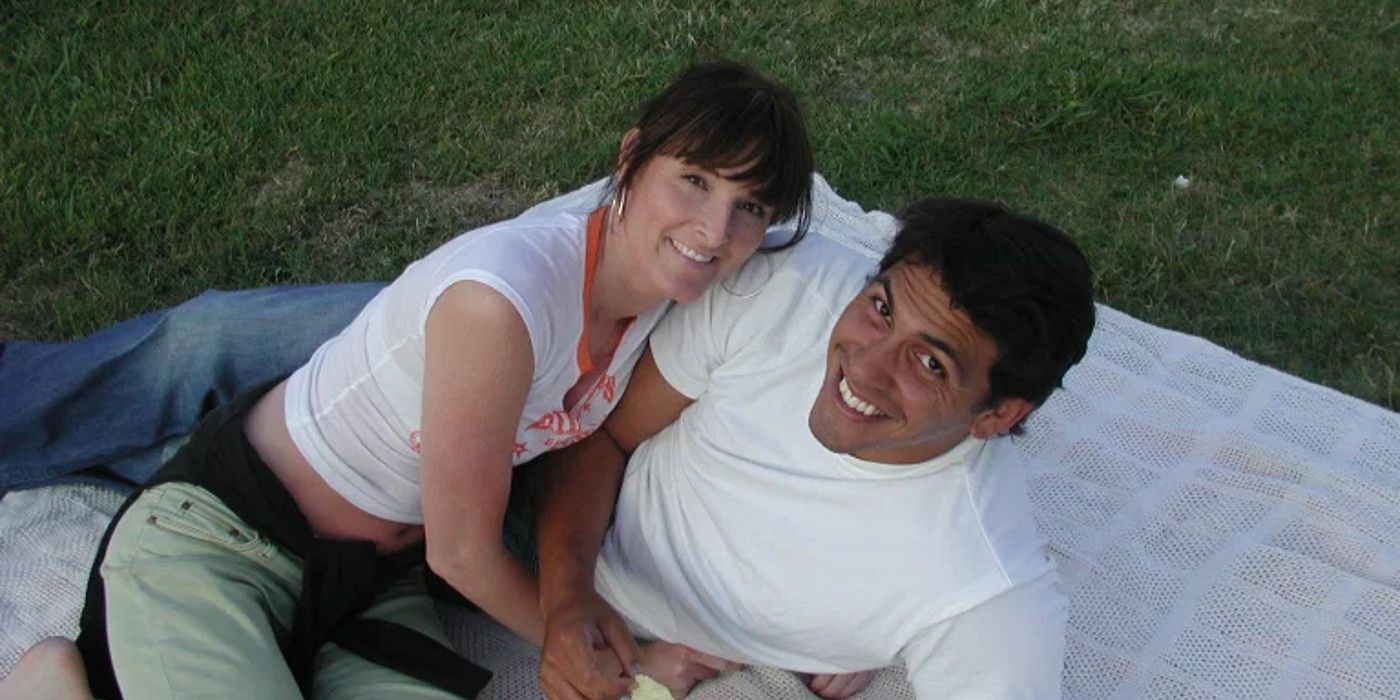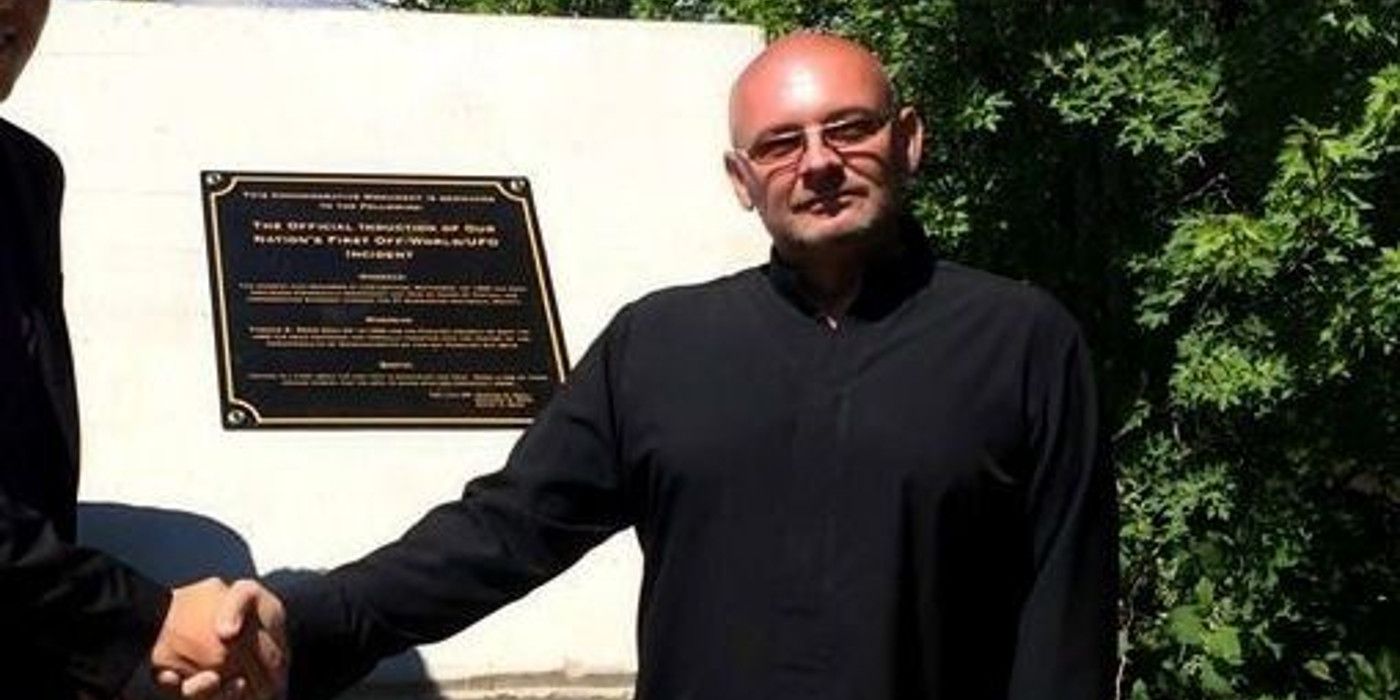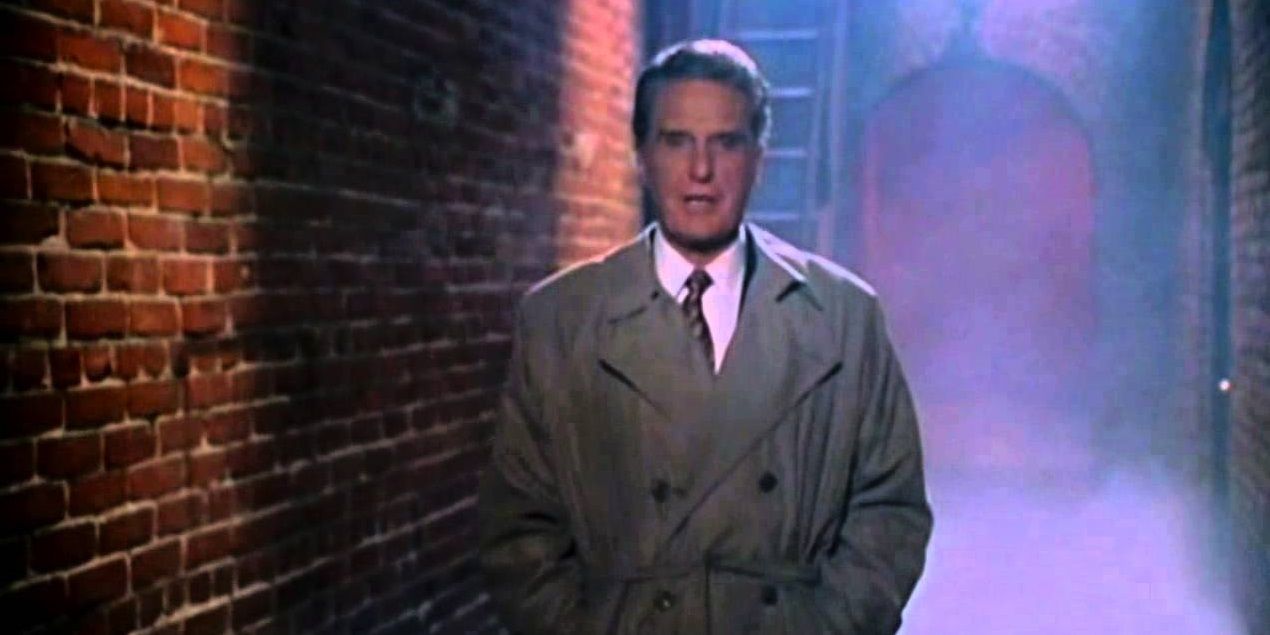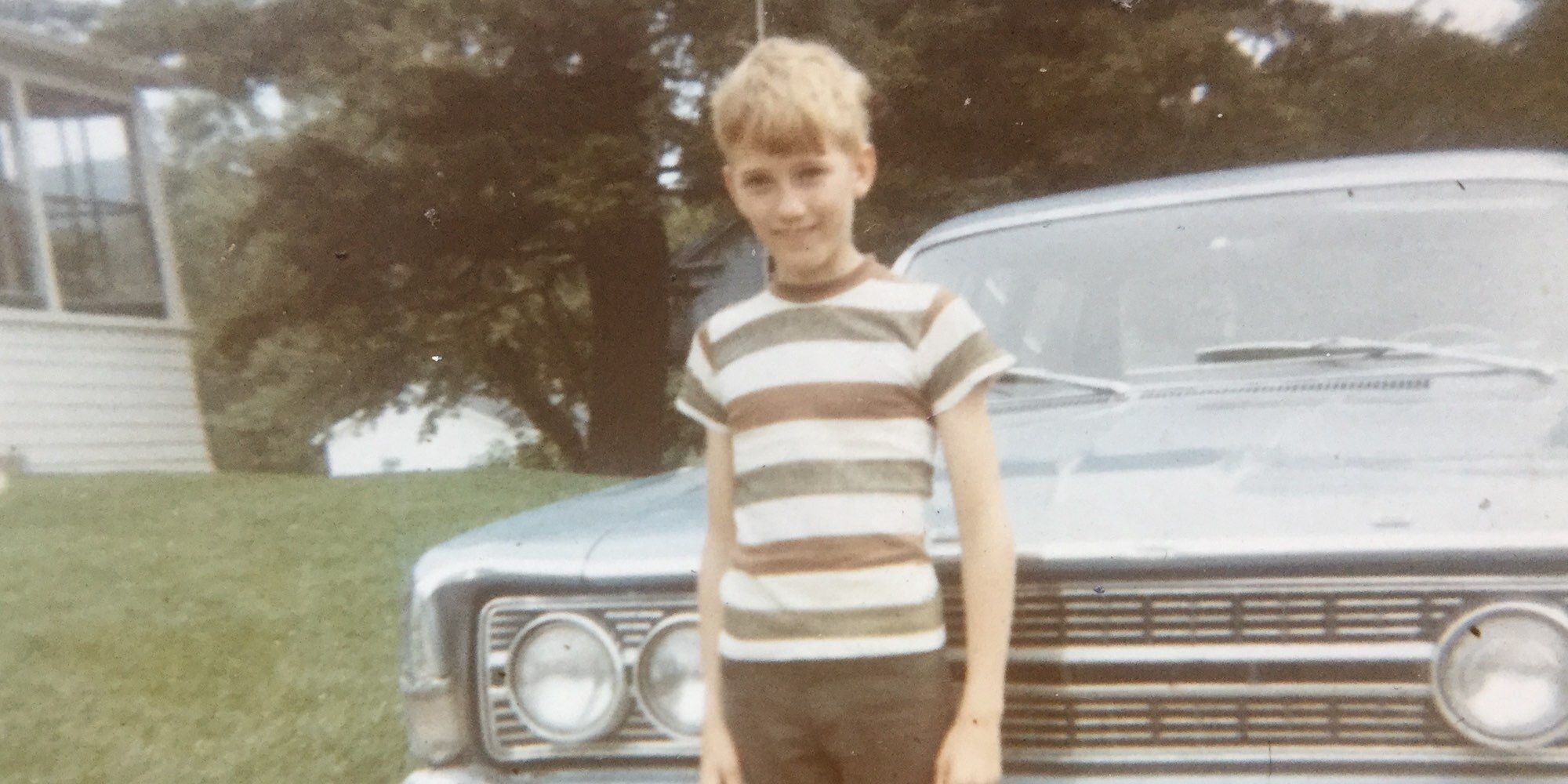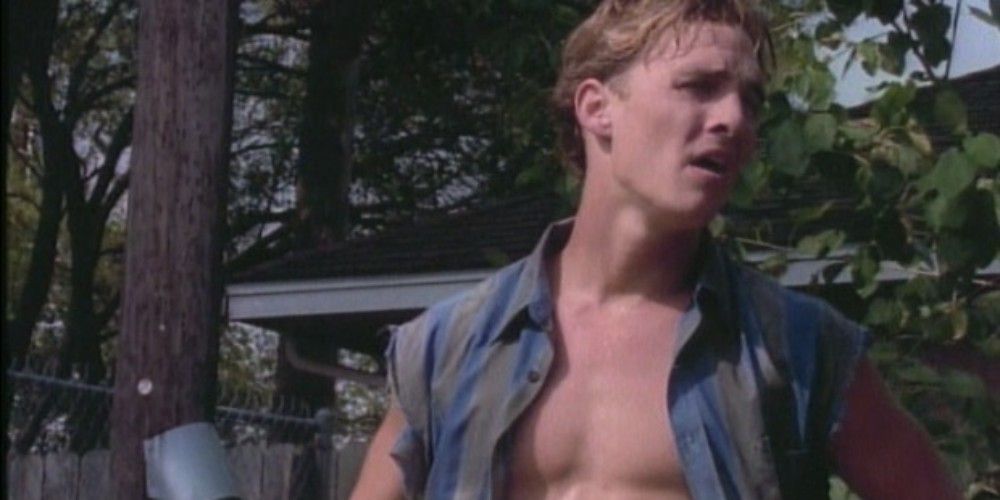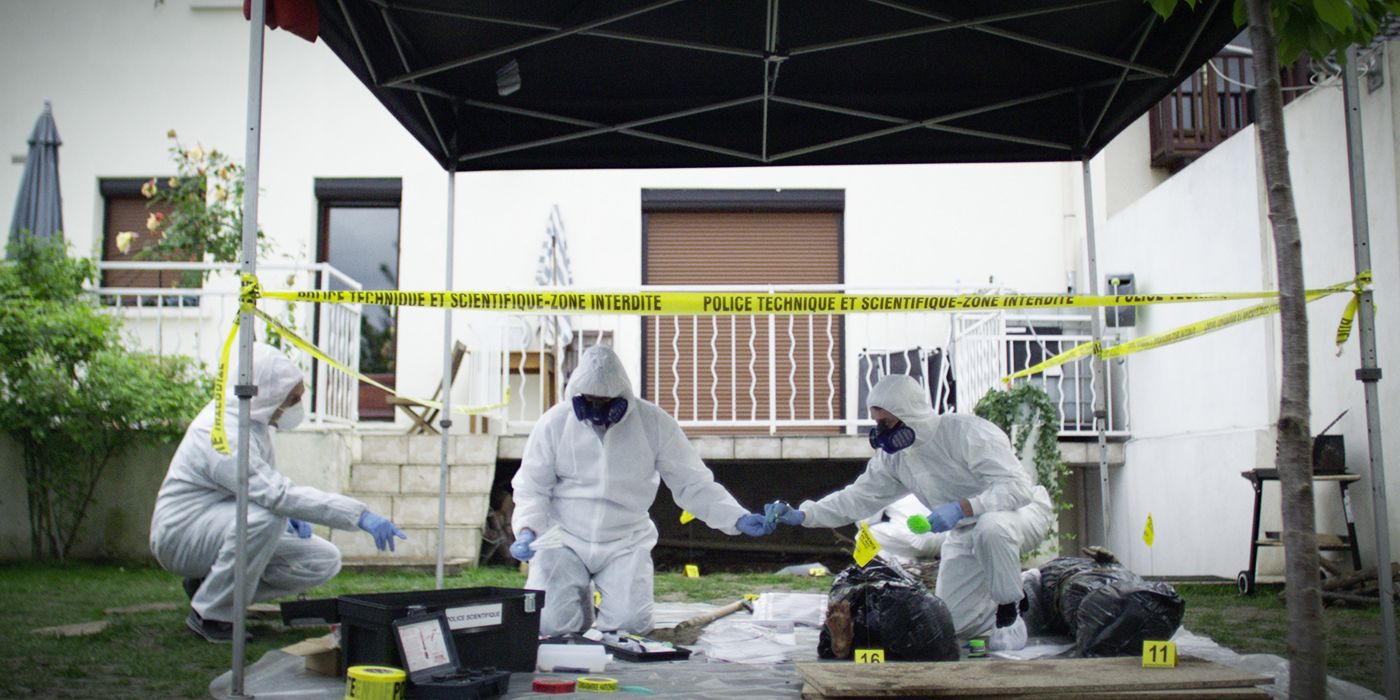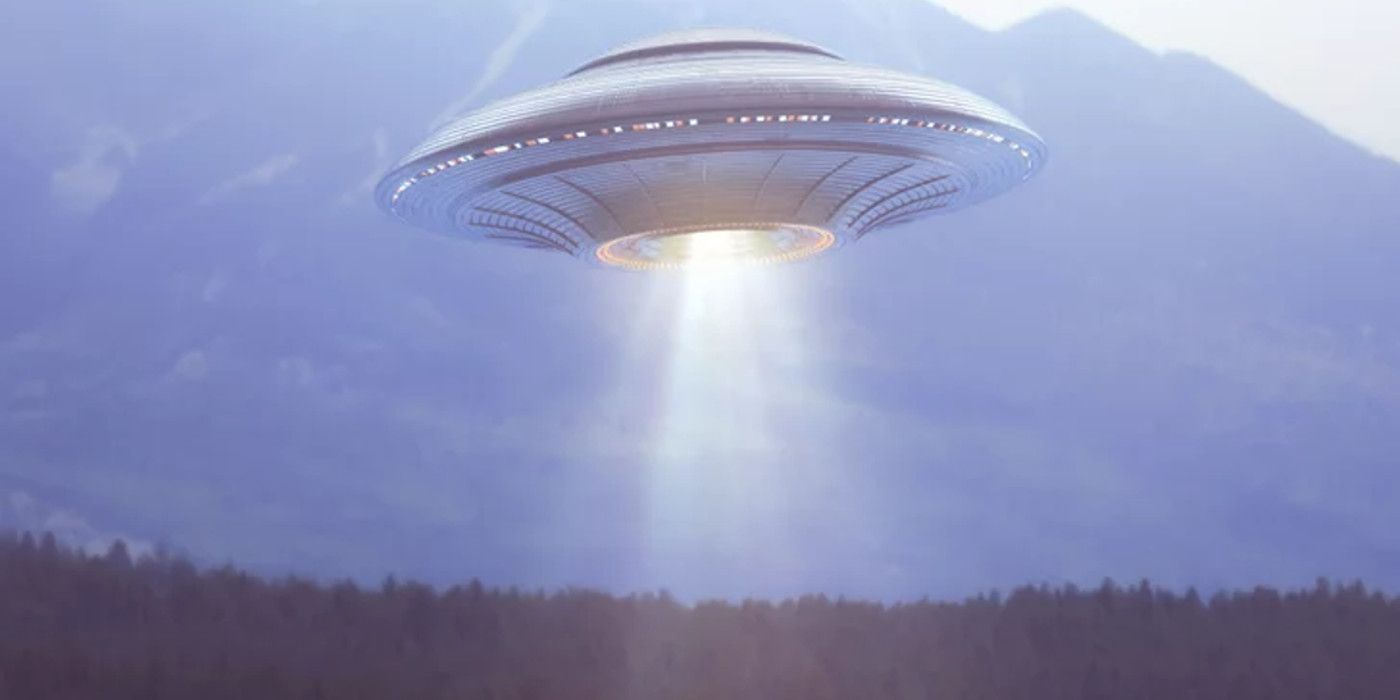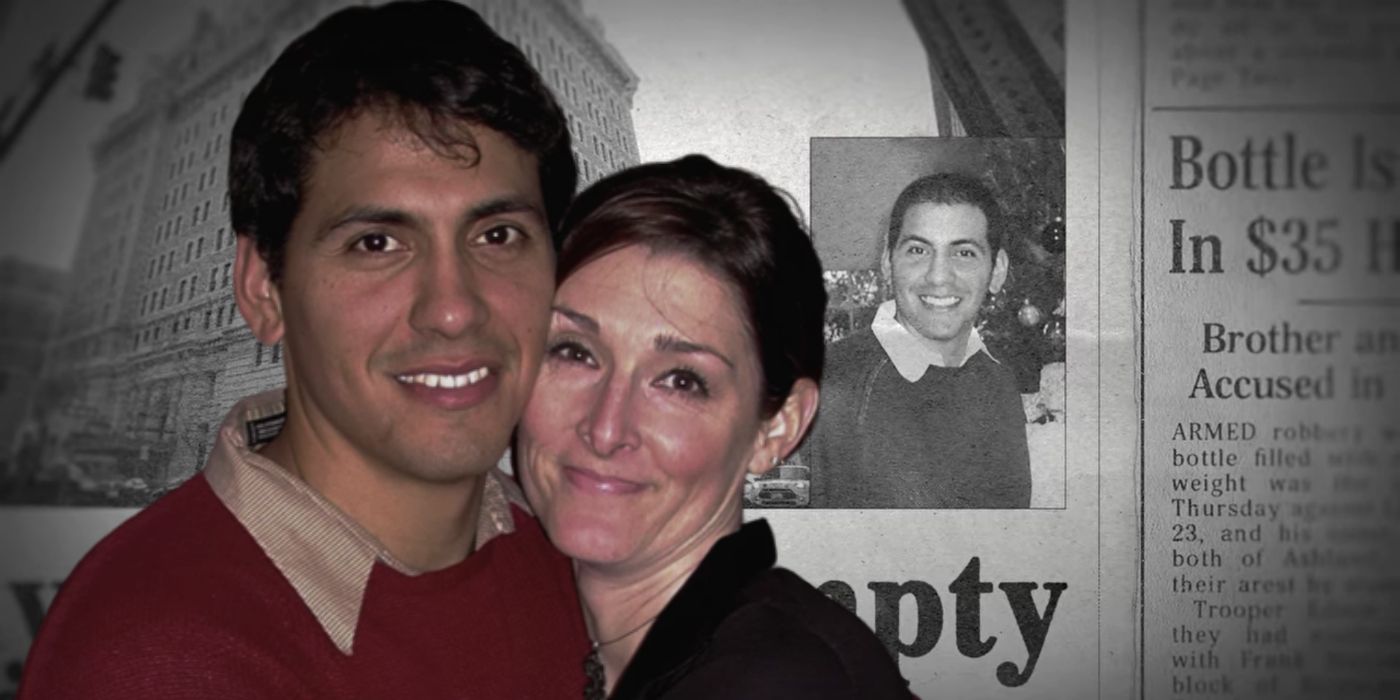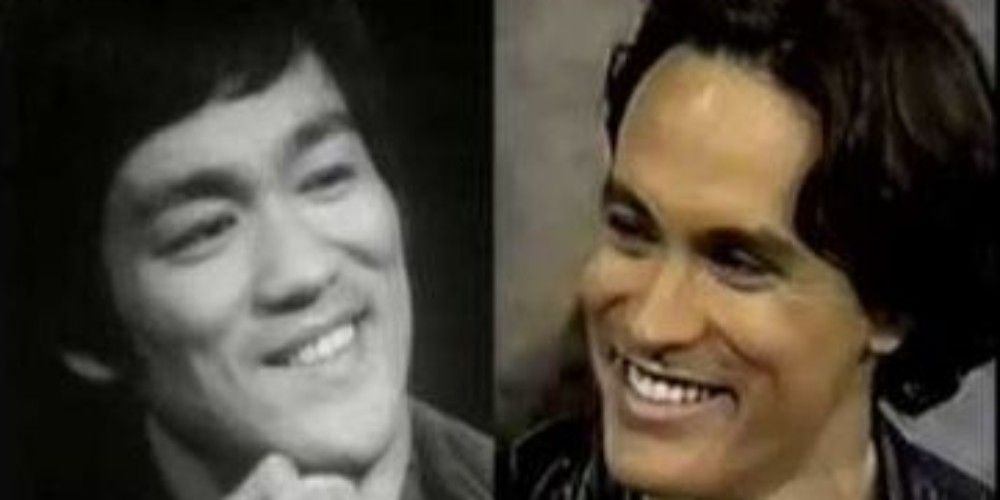Originating on NBC, Unsolved Mysteries was a staple of late night '80s and '90s television. Its unique combination of mystery, morbid paranoia, and sleazy sensationalism contributed to many a sleepless night for fans who tuned in. Notably hosted by Robert Stack, who introduced each new episode with deadpan seriousness no matter the wild subject matter, the show brought viewers face to face with some of the most spine-tingling crimes they'd ever seen. From paranormal abduction stories to real-crime murder investigations, each account was made all the more disturbing by the fact that they hadn't been solved.
The Netflix reboot seeks to capture the thrills, chills, and unease of the original, with a slightly more streamlined approach that will hook new viewers. But is it better? With the rise of true crime documentaries and podcasts, it seems like the perfect time to see if once gain viewers can help solve a mystery...
IMPROVES THE ORIGINAL: BETTER BUDGET
There was something oddly appealing about the low-budget and sensational quality of the original Unsolved Mysteries that made viewers feel a little uncomfortable — as if the material covered in the episodes wasn't enough!
The reboot offers a more streamlined aesthetic, including fewer re-enactments that aren't quite so comical. The result is a series that is not only more palatable due to a lack of film grain, but also more professional given the funding available to Netflix.
FELL SHORT: NO HOST
Part of the appeal of Unsolved Mysteries was the fact that it was hosted by actors like Raymond Burr and Robert Stack, who had both portrayed famous crime solvers at the height of their acting careers (Perry Mason and Elliot Ness, respectively). It gave a theatrical aura of authority to the program that viewers found appealing.
Without the solemn presence of Robert Stack and his stentorian voice, the reboot is less iconic. It blends in with other true crime series now, where the subject matter is more important than who's describing it. While that does draw more attention to the figures in the cases, it doesn't make them quite as special.
IMPROVES THE ORIGINAL: 1 STORY PER EPISODE
The original Unsolved Mysteries tended to present an episode with three or four different segments, each segment involving a different story. The reboot eschews this approach and focuses on one story per episode, for a total of six episodes.
Previously, the host would link the stories by a narration in order to make the segue less abrupt. The new method allows stories to convey more interviews, more evidence, and more theories, giving viewers a "deep dive" experience that leaves no clue un-turned.
FELL SHORT: NO TIP LINE
The reboot doesn't have a host (most fondly Robert Stack) appear at the end of the program, appealing to viewers to contact the Unsolved Mysteries hotline, where they could share tips concerning the individuals and events featured in each episode.
Viewers could telephone the call center, write in, or more recently, send their tips through a portal of the Unsolved Mysteries website. Special docents then funneled the most important and likely tips to the proper authorities handling the investigation. Viewers enjoyed helping Stack "solve a mystery", and that feeling of involvement is missing from the reboot.
IMPROVES THE ORIGINAL: MORE NEWS FOOTAGE AND INTERVIEWS
While many viewers watching the reboot might expect to see some cheesy re-enactments, they could be disappointed in the few brief scenes featured per episode. The availability of original news footage means much more authentic information for armchair detectives to absorb.
The news footage, combined with more thorough and informative interviews, provides a more well-rounded sensibility for each case. Fewer clues and situations can be misinterpreted when actual camera footage from news crews, smart phones, and security cameras don't lie.
FELL SHORT: NO RE-ENACTMENT CAMEOS
One of the fun hallmarks of the original series was its re-enactments, often performed by the real figures from the crimes. Amidst the regular people, familiar faces of young actors often popped up throughout the early seasons.
The reboot won't have Matthew McConaughey featured anytime soon, who appeared in Season 5 playing a victim murdered by Edward Bell, aiding the arrest of Bell after viewers saw the episode and phoned in with tips. Former Hawaii Five-0 star Daniel Dae Kim appeared as the brother of Su-Ya Kim, whose murder is unsolved to this day.
IMPROVES THE ORIGINAL: NO COMMERCIAL BREAKS
Some viewers might find it strange that the calamities in the reboot aren't punctuated by a sudden commercial featuring bright logoed brands. Instead, these hour-long episodes are allowed to suck viewers in all the way to their dramatic conclusions.
In this era of bingable television, viewers like to be able to watch their true crime segments back to back. Commercials often jolt fans out of the entertainment of being "on the case", and don't allow for a truly immersive experience.
FELL SHORT: EQUIVALENCY
The selection of episodes featured in the reboot doesn't provide a sense of equivalency across their subject matter. Each unexplained event or crime is portrayed as equally horrific, with no case being particularly worse than another, no matter the featured material.
In that sense it continues where the original series left off, employing the same "kitchen sink" method that made a Bigfoot sighting or an Elvis death theory as seriously considered as a child having been murdered.
IMPROVES THE ORIGINAL: APPEALS TO A SOPHISTICATED VIEWER
With more forensic information now at viewers' fingertips than was available when the original series debuted in 1987, the reboot appeals to a more sophisticated viewer. Hundreds of thousands of American families are at home viewing the series, leading to more theorizing and hopefully, more information being shared.
Viewers are being shown episodes where entire cases are in French with subtitles, and their attention spans are able to absorb it without incident. The global reach of the series cannot be discounted for how much it will lead to solutions for the cases.
FELL SHORT: LACK OF HIGH-PROFILE CASES
The Unsolved Mysteries reboot needs to be able to stand out, and one of the ways the original series accomplished this was to feature high profile cases, like the Zodiac Killer, or the Lee family death curse.
With the 24 hour news cycle and dozens of similar podcasts and series, the reboot didn't tackle mysteries that were gripping national headlines. While there have been dozens of unsolved mysteries in recent years that have been featured on many true crime mediums, they often "fall through the cracks" until Unsolved Mysteries focuses on them.

